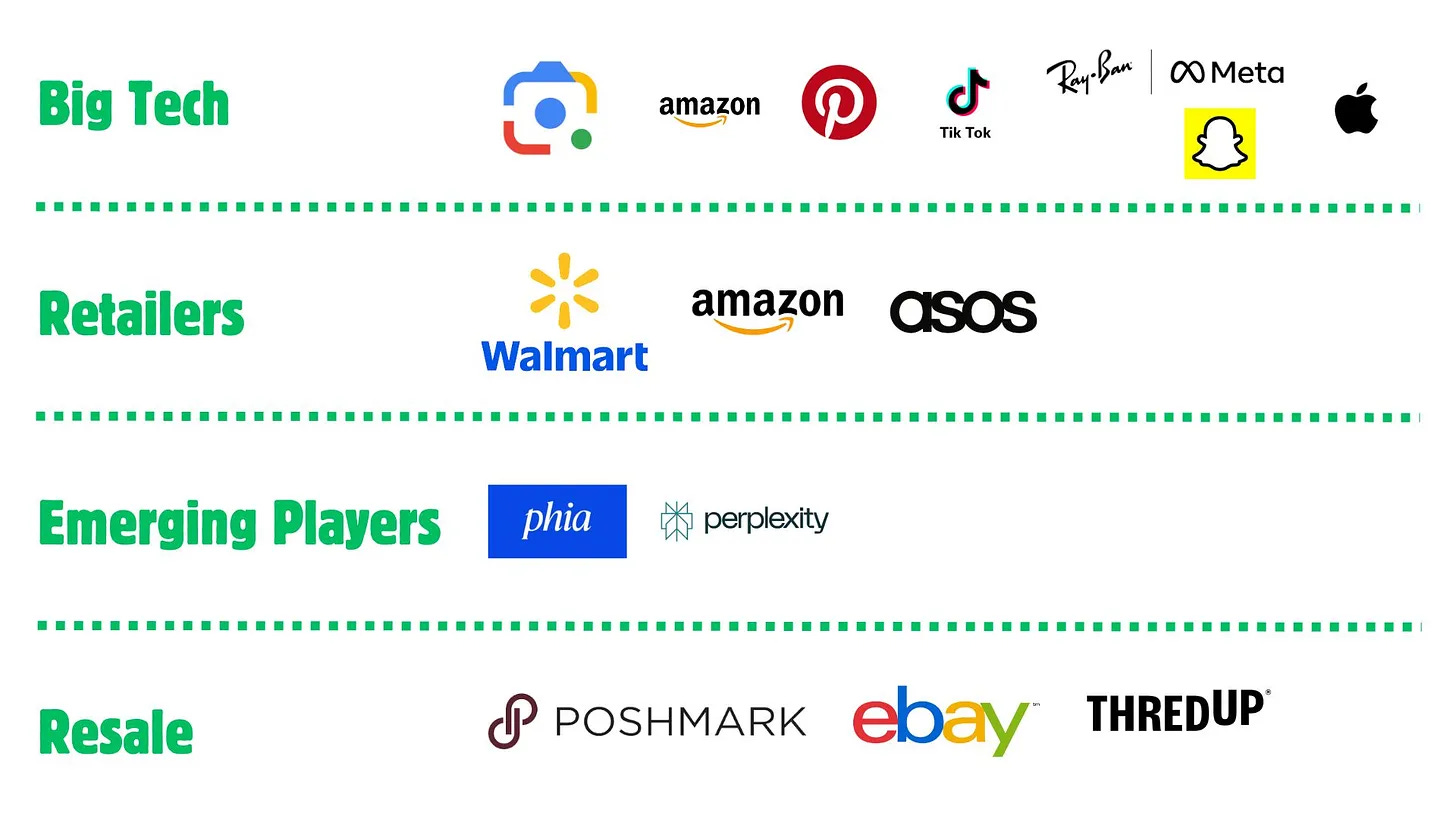hi all! finished up writing this week from gem home. it’s quickly become a favorite spot as i am a sucker for copenhagen-inspired interiors and a cardamom bun (though la cabra will always be holy to me). a visual so you can be there in spirit:
mini-news roundup 🗞️
being called “china’s deepseek surprise” on monday, nvidia lost nearly $600 billion in value due to deepseek, the biggest single-day loss for a public company on record. deepseek (for those who don’t know) is a chinese ai start-up that was built at a fraction of the cost of industry-leading models like openai because it uses fewer advanced chips. notably, "this has made global investors question the narrative that big tech has been telling: more money = better infra = better training = better ai”
old news, but influencer startup shopmy raises $77.5 million to expand into new ad categories - the four-year-old shopmy said more than 550 brands have active subscriptions with the company, and more than 100,000 creators have signed up. erwin said “i don’t think this is a category where winner takes all,” he said, “but more likely, where winner takes most.” i have always thought shopmy was a clear winner. see my previous deep dive on the influencer economy here.
how “dubai chocolate” exploded - this one really intrigued me. this all started with a craving for a childhood dessert and now it is one of the most ordered chocolates - “we were selling about a bar a week…” then came the viral tiktok video. maria vehera posted an A.S.M.R.-style tiktok showing off its snappy shell and cascading pistachio cream, then taking a big, messy bite. it led to a waterfall of orders, mr. alani said — at least 30,000, which is when the delivery app they were using crashed.”
with blockbuster show, sabyasachi cements its growing global status - this weekend, indian designer sabyasachi mukherjee celebrated 25 years in fashion with a grand event in mumbai — a milestone in his journey to worldwide recognition:
the secret sauce of chinese social media apps - while western platforms like instagram and youtube remain focused on advertising revenue, chinese apps like tiktok, xiaohongshu, and lemon8 have integrated shopping directly into their social experience, creating what industry experts call "shoppertainment." this has worked really well for them — and is a big distinction from the apps we use, which instead target us with insanely niche ads — reported $2 billion in platform sales in 2023, while xiaohongshu achieved its first net profit of $500 million.
tiktok ad spend resumes but brands are hesitant after shutdown - reasonably so. a lot of my friends deleted the app when the ban hit and now cannot get back in. in place of tiktok, they have turned to more instagram time and running through every nytimes game to fulfill their social media craving.
trends to watch 👀
i saw on substack and recently talked to them. phia is the “future of fashion” by sophia kianni and phoebe gates. of course, i also love that they are building publicly pre-launch and utilizing substack as a source for brand awareness and recognition. as someone who loves to shop, i quickly installed their plug-in. now, i can see the estimated value an item will hold for anything online. this has been incredibly helpful, especially for higher-end and luxury purchases. for example take this loewe bag:
i have already noticed that i am increasingly becoming more conscious of the decisions i am making when purchasing. more importanly, phia is one of the players truly innovating in the ecomm space. the shift to a more active and conscious consumer is already underway, but there are not better solutions to shop smarter. take therealreal for example — a great option to shop more sustainably, but lacking information some of us would want to know before purchasing a 500 dollar purse. while resell platforms have the opportunity to incorporate more visibility and transparency into their practices, i personally like the idea of having a more objective and data-driven source of truth, like phia:
the vast majority of gen z, often cited as close to 90%, consistently research products before making a purchase, relying heavily on online reviews, price comparisons, and social media information to inform their buying decisions; this makes them one of the most research-oriented generations when it comes to shopping. the research process these days isn’t just about finding the best price but also about evaluating brand values, sustainability efforts, and overall product quality, — reinforcing a preference for brands that align with their personal beliefs.
you can get access to their private beta here and you can start using it. let me know if you do and what you think (i think you will love it)! also, see this market map on consumer-facing visual search and a great deep dive by
for more.see you next week! you can always:
subscribe and share my work!
say hi and shoot me a message!













I have been OBSESSED with the Phia website for months now. I've been able to find very specific pieces that I had previously spent hours looking for, for way less. This sounds like an ad lol but I'm just a very average consumer who loves finding great second hand deals.
I've been wondering what Phia is for months! Have you tried the Croissant plugin? This one seems similar but basically guarantees a by-back price for things that you purchase? I haven't explored much but have the plugin and it's interesting to see the buy back prices